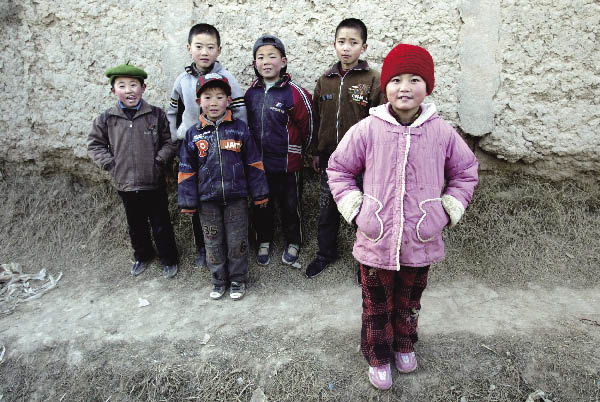| Calls for Two-for-All Family Planning
By staff reporter ZHANG XIWEN
THE family planning policy that started in the late 1970s has wrought far-reaching demographic and social change in China. Thirty years later, growing numbers of demographers say that the current low birth rate threatens potential socio-economic development. They therefore advocate the policy be altered to allow all couples, regardless of circumstances, a second child.
 |
| The imbalance of the sexes in many areas is worrisome. |
Family Planning for the Good of All
The Chinese population in 1970 was 300 million higher than the 1949 figure of 500 million. Annual population growth during this period hit a peak of 22.57 million – around 60,000 births per day or 43 per minute. At that rate, China's population would have surpassed 1.4 billion by 2000 and quintupled by 2050, according to the calculation of demographic experts at the time. At the current population level, however, if births are restricted to an average of two a couple, the Chinese population will stabilize at a consistent 1.5 billion by 2050.
Demographers argue that the introduction of the family planning policy was based on the nation's low productivity level at the time. In 1980, when China's population was one billion, grain shortages still remained a constant problem for the country. Memories of the three-year famine (1959-1961) caused by natural disasters were fresh in the minds of many Chinese people. They dreaded the prospect of one-third more people sharing existing resources in the coming 20 years. Controlling the population to ensure subsistence for all, therefore, was the logical solution.
One decade after the family planning policy came into effect, the total female fertility rate had fallen 50 percent from 5.81 in 1970 to 2.61 in 1981. Apart from a few fluctuations, the population growth has since shown a declining trend. Zhang Weiqing, ex-minister of the National Population and Family Planning Commission, observed three years ago that after more than 30 years' practice of the family planning policy, China had cut population growth by 400 million, and lowered the fertility rate to 1.8.
Positive Impacts of the Family Planning Policy
The family planning and reform and opening-up policies of the early 1980s complemented one another by slowing population growth while stimulating productive forces that have generated high-speed economic growth over the past three decades.
The family planning policy also had a positive impact on Chinese women, who make up one-eighth of the world's population. Many were happy to be freed of their dutiful forebears' obligation to produce as many offspring as they were physically able. Family planning also put off women's expected age of marriage, giving them time to prolong their education and participate in developing the country.
| 